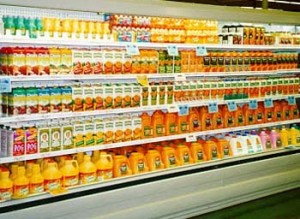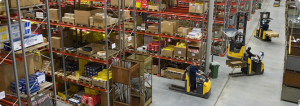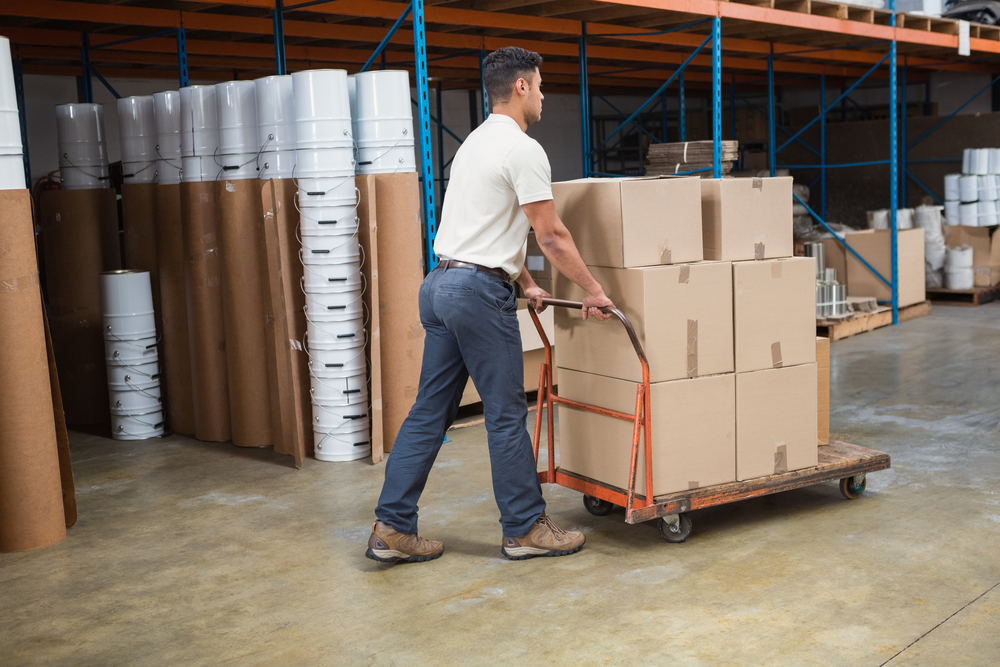To continue to prosper and grow, manufacturers need to embrace innovation to overcome some of the significant challenges they face in the day-to-day operation of their business. Here are just some of the challenges manufacturers are battling today:
Challenge #1: Adapting to a new velocity of change
From colas to custom cars, consumers are now demanding more variety in the goods they purchase. This insatiable appetite for choice is putting new pressure on industry to manufacture goods in a different way. To deal with the explosion of SKUs customers want available on store shelves, manufacturing environments need to be far more flexible than they’ve been in the past. To get there, manufacturers are turning to dynamic manufacturing methods such as mixed-model assembly lines (MMALs) and/or just-in-time (JIT) kit-based delivery to produce smaller batch runs with a greater variation of products.
Challenge #2: Managing rising complexity

SKU proliferation is caused when consumers demand endless variations of a similar product. (Photo credit: igmicromed.ca)
Customers may demand that manufacturers produce a greater variety of product with a higher velocity, but these flexibility demands are creating chaos on the factory floor. As traditional automation and material handling systems are typically built into the infrastructure and cannot be easily or cost-effectively adapted to deal with ongoing change, manufacturers are continually struggling to contend with increasing complexity in the way products are built, the way raw materials are transported, and the way people and machines move through the facility.
Challenge #3: Remaining competitive on a global playing field
While North American manufacturers continue to wrestle with the complexities created by dynamic manufacturing models, there is yet another large dynamic at play: offshore competition. Manufacturers working in offshore locations such as China, Mexico, Eastern Europe and Africa are able to capitalize on lower local labor costs to produce goods and services for the market more affordably, making them significantly more competitive than their US counterparts. North American factory owners face higher real estate prices, higher labor costs, and more stringent environmental and regulatory compliance requirements than their offshore counterparts. Therefore, in order to be competitive in this global marketplace, a North American industrial center must find ways to be more efficient than its low cost country counterparts. Automation plays a significant role in helping North American manufacturers achieve operational parity; companies can optimize distribution, logistics, and production networks by using powerful data-processing and analysis capabilities.
Challenge #4: Reducing operating costs
In order to successfully compete against offshore rivals, US manufacturers need to reset the bar for production density and re-shore their operations. Automation is the linchpin within this strategy. As more manufacturers introduce automation, including robotics on the factory floor, production efficiency will rise, cost will fall, and the manufacturer will gain greater competitive advantage.
Challenge #5: Inefficient and chaotic materials transportation

Chaotic materials transport (Photo Credit: consistentpersonnel.co.uk)
The variety and velocity at which goods must be produced, the increasing level of complexity this creates for manufacturers, and the ongoing cost pressures faced by North American industry become an acutely obvious problem when one looks at the way materials are transported and flow through a manufacturing facility. Three key elements tied to materials movement, transport (moving products that are not actually required to perform the processing), motion (people or equipment moving or walking more than is required to perform the processing) and waiting (for the next production step, interruptions of production during shift change) are among the original seven wastes of LEAN.
Yet, despite being the grease for the manufacturing wheel, materials transport remains an untapped opportunity for automation and innovation in most manufacturing establishments.
So, what’s the solution?
Simply walk into any manufacturing facility today. Forklifts and AGVs may be in operation serving specific parts of the manufacturing floor, but you’ll also see hundreds of people at work, pulling, tugging and pushing goods from point A to point B. So why is it that we are still using humans — our most important asset — for materials transport? Find out in the Self-Driving Vehicles for Industry E-book below.


